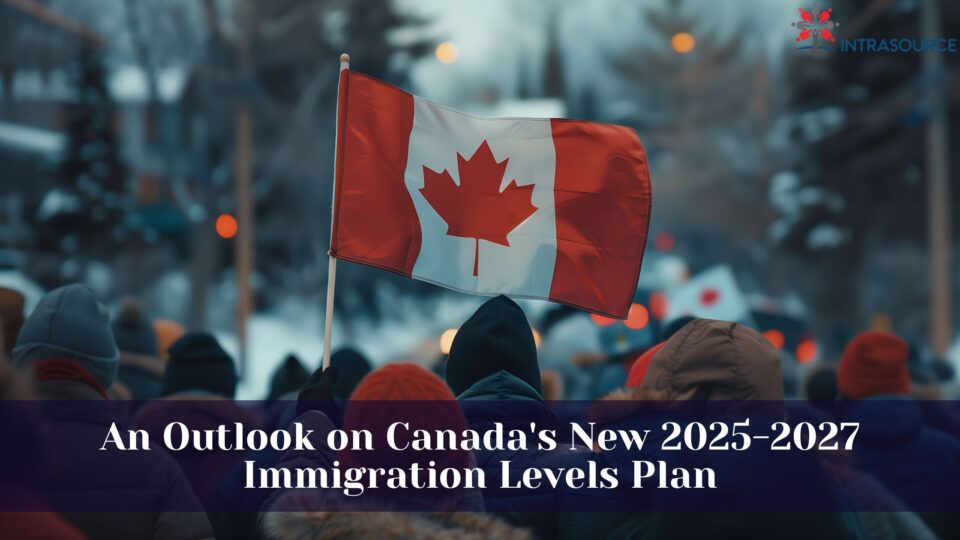Introduction to the New Immigration Framework
Immigration, Refugees, and Citizenship Canada (IRCC) has unveiled the 2025-2027 Immigration Levels Plan, marking a significant shift in Canada’s immigration policy. For the first time, this plan integrates permanent resident targets alongside temporary resident goals for international students and temporary foreign workers, reflecting a comprehensive approach to managed migration.
Permanent and Temporary Resident Roles
By strategically balancing these different resident categories – Economic, Family, Refugees and Protected Persons, and Humanitarian & Compassionate – Canada aims to bolster economic growth. Temporary and permanent residents are vital to addressing labor shortages and enriching the cultural fabric of communities nationwide, especially within Francophone minority communities outside Quebec.
Holistic Approach through Consultation
Post-pandemic, there’s an increased emphasis on aligning immigration levels with community capacities. The Levels Plan adopts an all-encompassing societal approach by engaging federal departments, provinces and territories, municipalities, Indigenous Peoples, stakeholders, communities, and Canadians to ensure that the system is adaptive to both newcomers’ and citizens’ needs.
Adjustments in Temporary Resident Intake
Immigration Targets and Policies for 2025-2027
Setting precise targets for new arrivals strengthens this managed migration plan. By 2025, Canada plans to admit 673,650 new temporary residents; in 2026 this number reduces to 516,600; followed by an increase in 2027 to 543,600. Notably, in 2025 international students will comprise 45% of these arrivals—aligning with the established study permit cap—and will form a majority of future arrivals at 59% in 2026 and 56% in 2027.
Focus on Economic Growth and Skilled Workers
The Canadian government’s immigration plan for 2025-2027 highlights the focus on economic growth by prioritizing skilled workers in critical industries, including healthcare and skilled trades. By 2027, the economic category will account for nearly 62% of total permanent resident admissions, with a significant portion allocated to the “Federal Economic Priorities” initiative. This approach supports sectors crucial to Canada’s economy, facilitating a smoother transition to permanent residency for international students and workers already residing in Canada.
Family Reunification and Refugee Protection
The government remains committed to family reunification, maintaining a consistent rate of 22% of overall permanent resident admissions each year. In addition, Canada’s tradition of protecting vulnerable individuals is reflected in its targets for Government Assisted Refugees, contributing to a 15% share of the total admissions dedicated to resettled refugees and protected persons.
Humanitarian Commitments and Francophone Representation
Canada’s humanitarian commitments are demonstrated through its allocation of 21,200 admissions over three years under humanitarian and compassionate grounds or public policies by the Minister of IRC. Additionally, in alignment with IRCC’s 2024 Policy on Francophone Immigration, there is an increased emphasis on French-speaking permanent resident targets outside Quebec. Proportions are set at 8.5% in 2025, increasing to 9.5% in 2026, and reaching 10% by 2027. These adjustments aim to enhance demographic representation across Canada.
Strategic Changes and Future Outlook
Through this holistic approach, Canada is reducing its reliance on temporary residency while setting ambitious yet realistic targets for newcomers across various categories, positioning itself for sustainable growth. This strategy not only meets labor market demands but also ensures that Canada’s diverse society continues to thrive.
The government projects overall permanent resident admission targets will decrease from 395,000 in 2025 to 380,000 in 2026 and then to 365,000 by 2027. Despite this reduction, Canada prioritizes its economic stability through strategic shifts within admission categories.


